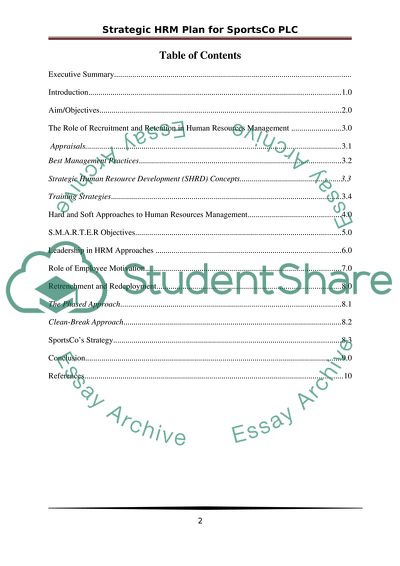Cite this document
(How Will Business Restructuring Affect Employees Term Paper, n.d.)
How Will Business Restructuring Affect Employees Term Paper. Retrieved from https://studentshare.org/human-resources/1737233-hrm-report-for-sportsco-plc
How Will Business Restructuring Affect Employees Term Paper. Retrieved from https://studentshare.org/human-resources/1737233-hrm-report-for-sportsco-plc
(How Will Business Restructuring Affect Employees Term Paper)
How Will Business Restructuring Affect Employees Term Paper. https://studentshare.org/human-resources/1737233-hrm-report-for-sportsco-plc.
How Will Business Restructuring Affect Employees Term Paper. https://studentshare.org/human-resources/1737233-hrm-report-for-sportsco-plc.
“How Will Business Restructuring Affect Employees Term Paper”, n.d. https://studentshare.org/human-resources/1737233-hrm-report-for-sportsco-plc.


